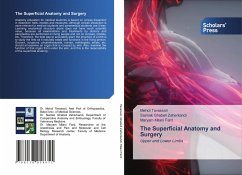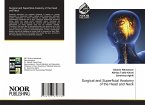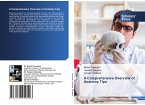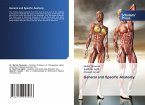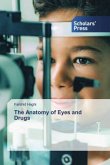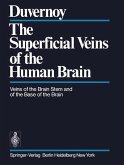Anatomy education for medical students is based on corpse dissection in dissection halls, models and museums, although corpse dissection is more relevant to medical students and paramedical students use it less. Learning anatomical structure alone does not have much scientific value, because all examinations and treatments by doctors and paramedics are performed on living people and not on corpses, models, etc. Therefore, the best way to accurately learn the structure of a limb is to study the limb as it naturally exists and functions in the living person. Doctors, surgeons, physiotherapists, nurses, radiologists, artists, etc. should all examine an organ that is covered by skin. Also, examine the function of that organ from under the skin, and this is the responsibility of the superficial anatomy.

